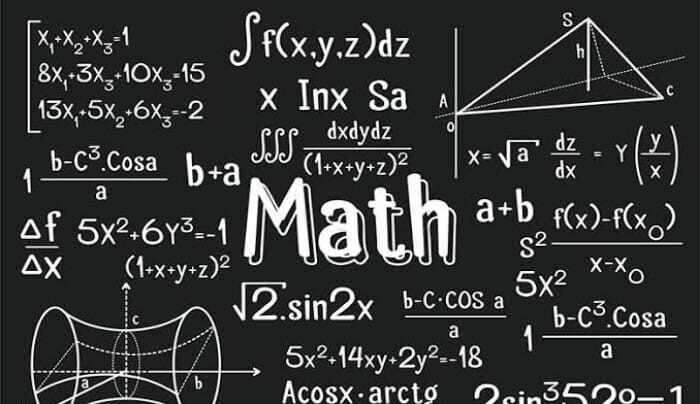Within the vast expanse of mathematics lies a realm of enigmatic equations, where each formula serves as a cryptic puzzle awaiting unraveling. Among these mathematical mysteries, the equation x^2 + (y – 3√2x)^2 = 1 stands out as a particularly fascinating conundrum. While its appearance may seem complex at first glance, concealed within its intricate structure are remarkable secrets and practical applications awaiting exploration and understanding.
Understanding the Equation’s Components
Before delving into the significance and applications of the equation, let’s carefully dissect and decipher its components to establish a solid foundation of comprehension.
The Equation’s Form: A Standard Circle Equation
The equation x^2 + (y – 3√2x)^2 = 1 adopts the standard form of a circle equation. In this canonical representation, the equation defines a circle with its center precisely at the origin (0,0) and a radius of 1 unit.
Deconstructing the Equation
Breaking down the equation reveals its constituent parts:
- x^2: Represents the square of the x-coordinate of any point on the circle.
- (y – 3√2x)^2: Denotes the square of the difference between the y-coordinate and three times the square root of 2 multiplied by the x-coordinate of a point on the circle.
- = 1: Signifies that the sum of the squares of these two components equals 1, which is the squared value of the circle’s radius.
Graphical Representation: A Visual Exploration
To gain a more intuitive understanding of this equation, let’s visualize it by plotting it on a Cartesian plane.
Visualizing the Circular Geometry
Upon graphing the equation, a captivating circular geometry emerges. This circular contour features a radius of 1 unit and is centered precisely at the origin. Essentially, the equation defines all possible points (x, y) that satisfy its mathematical constraints.
Focus on the Geometric Center and Radii
Within this visual representation, the center of the circle plays a crucial role, remaining anchored at the origin (0,0). Serving as the circle’s focal point, the origin provides a reference while the radius extends outward to a distance of 1 unit. Any point (x, y) on the circumference of the circle inherently satisfies the mathematical equation.
Practical Applications: Bridging Mathematics with Real-World Utility
Having unraveled the mathematical essence and graphical representation of this equation, let’s explore its tangible applications across various domains.
Electrical Engineering: Precision Boundaries
In electrical engineering, this equation is invaluable for delineating precise boundaries, essential for designing circuit boards where component placement and organization are critical.
Physics: Particle Trajectories
Within physics, the equation represents the trajectory of particles undergoing circular motion. The coordinates (x, y) describe the particle’s dynamic position, elucidating the intricacies of its circular path.
Geometry: Designing Optical Instruments
The equation’s geometric implications extend to geometry, where it serves as a fundamental tool for crafting circular shapes. These shapes find applications in optical instruments like mirrors and lenses, guiding their design and precision shaping.
Conclusion: Unveiling the Equation’s Significance
In conclusion, the equation x^2 + (y – 3√2x)^2 = 1, though initially mysterious, ultimately reveals itself as a fundamental representation of a circle. Its visual depiction, coupled with its diverse applications in electrical engineering, physics, and geometry, illuminate its significance and versatility across multiple disciplines.

